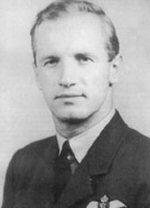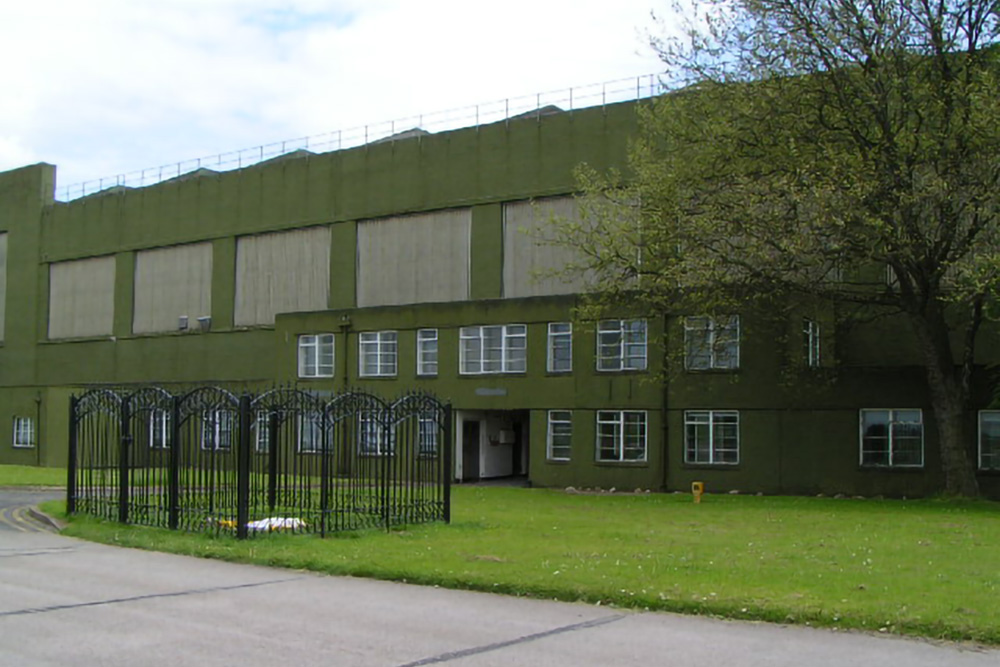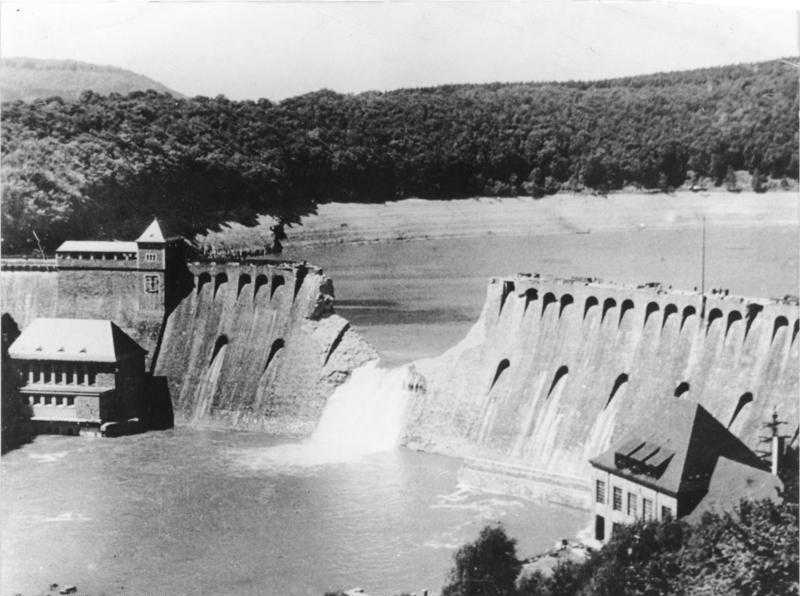Brown, Kenneth William
- Date of birth:
- August 20th, 1920 (Moose Jaw/Saskatchewan, Canada)
- Date of death:
- December 23rd, 2002
- Service number:
- R/94567
- Nationality:
- Canadian
Biography
On August 20, 1920, Kenneth William Brown was born in Moose Jaw, Saskatchewan, Canada. In 1941, he joined the RCAF and was chosen to train as a pilot. He was assigned to a bomber training unit in Kinloss after arriving in England, despite being recommended for piloting fighters. His first active posting was to Coastal Command, flying Whitleys out of RAF St Eval on Channel patrols.
After being chosen to train as a heavy bomber at 1654 Conversion Unit, Brown was assigned to 44 Squadron to start operations on February 5, 1943.
In the run-up to the Dams bombing, Brown and others were moved to the mobile reserve and then to 617 Squadron.
Brown was scheduled to take off third on the day of the mission. His aircraft was the second one to attack Sorpe Dam. The mine did not breach the dam, but it did drop successfully.
At 0533, Brown returned to Scampton. His plane was severely damaged.
After receiving his commission in June 1943, Brown flew on nine more missions with 617 Squadron before being sent out in May 1944. He worked as an instructor for the remainder of the war. He continued in the RCAF after the war and became a Squadron Leader. Despite his 1968 retirement, he continued to fly for the Canadian Department of Transport.
He remained there for 12 years until he retired to British Columbia.
Do you have more information about this person? Inform us!
- Period:
- Second World War (1939-1945)
- Rank:
- Flight Sergeant
- Unit:
- No. 617 Squadron, Royal Air Force
- Awarded on:
- May 28th, 1943
- Awarded for:
- Operation Chastise
- Period:
- Second World War (1939-1945)









